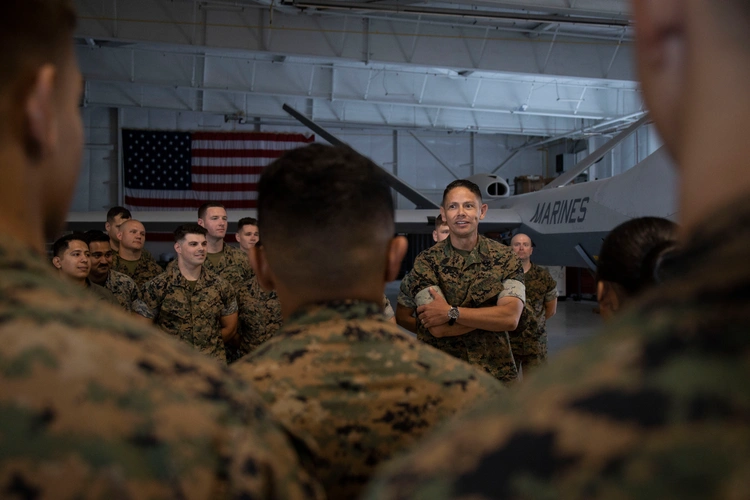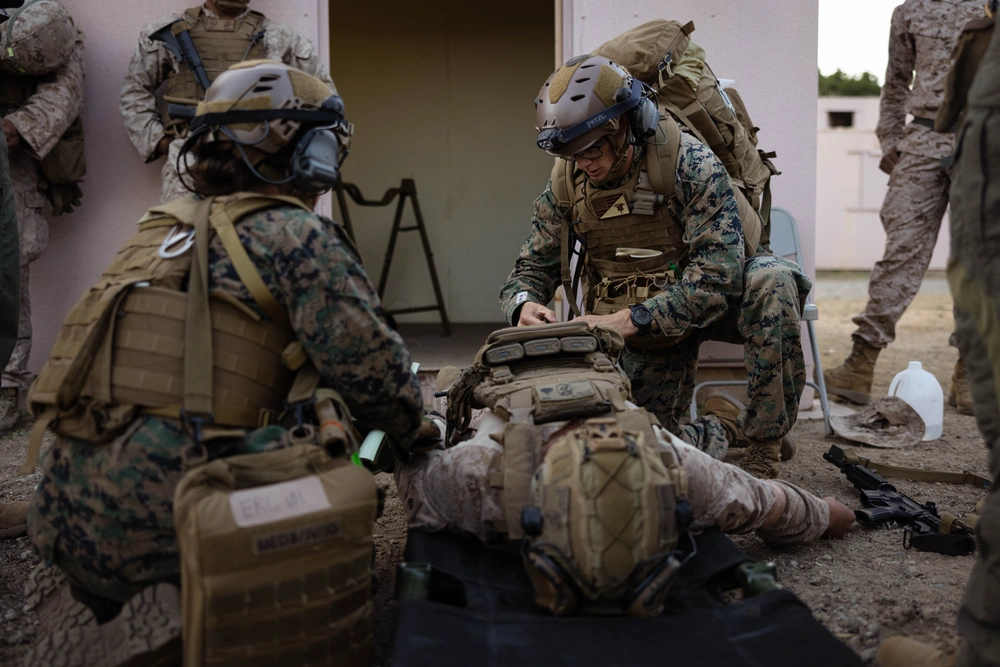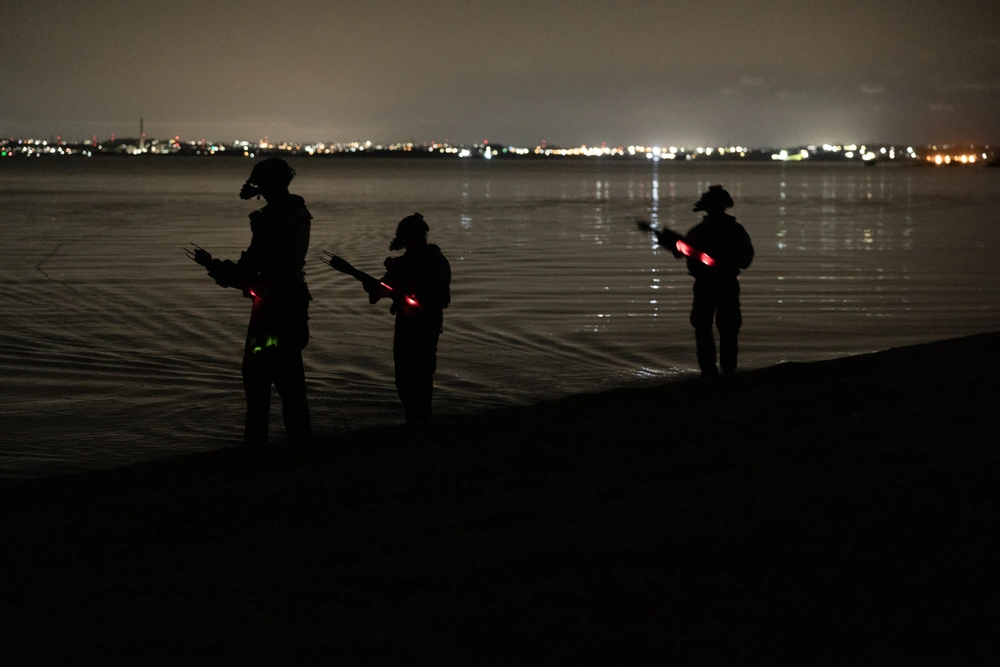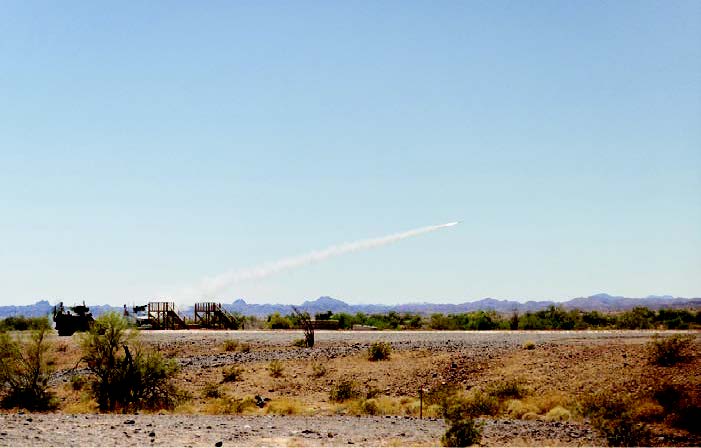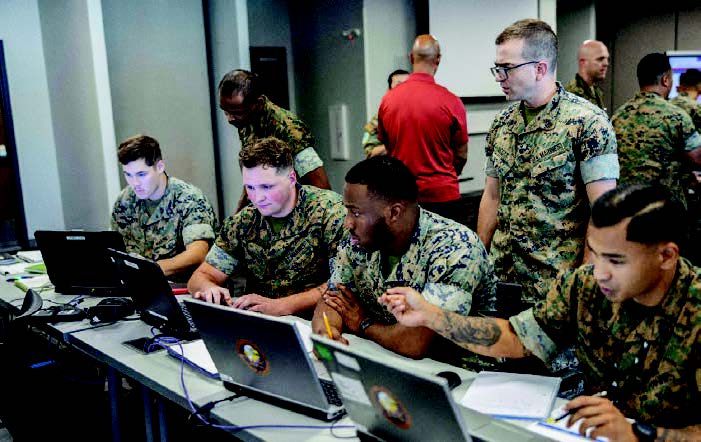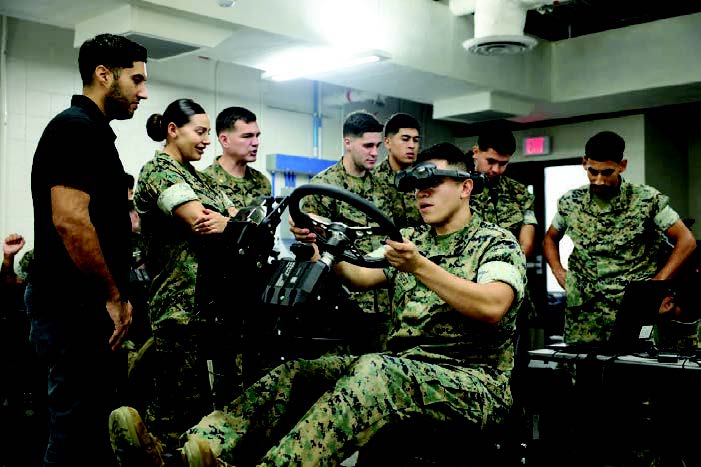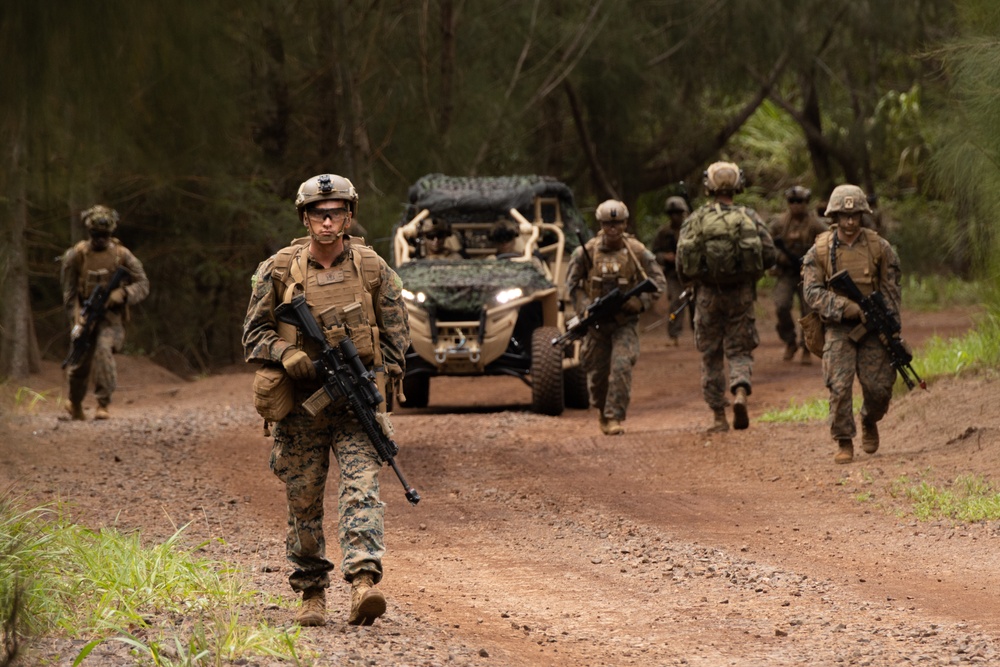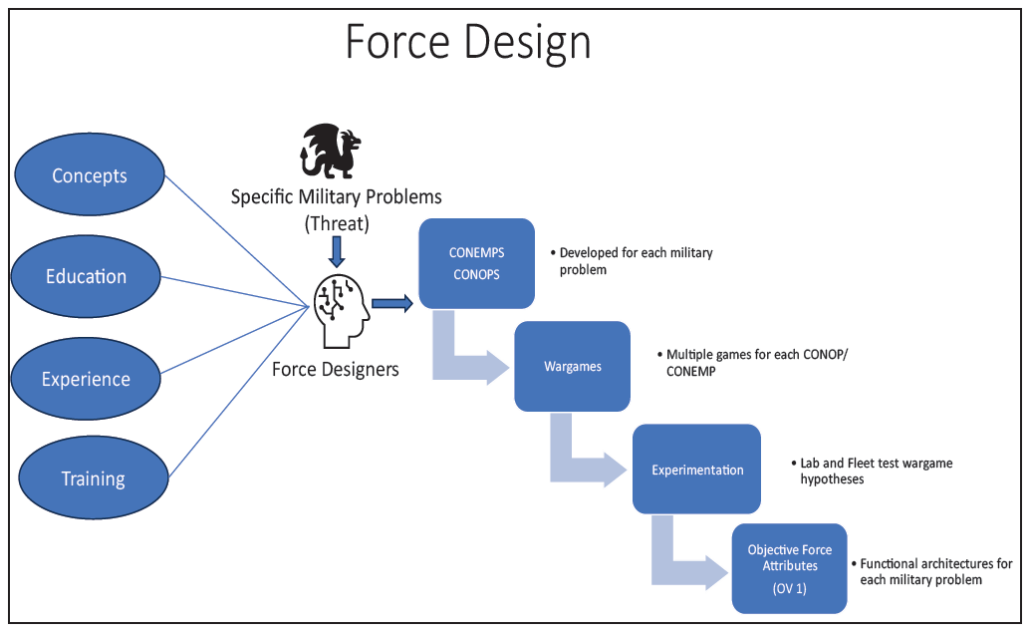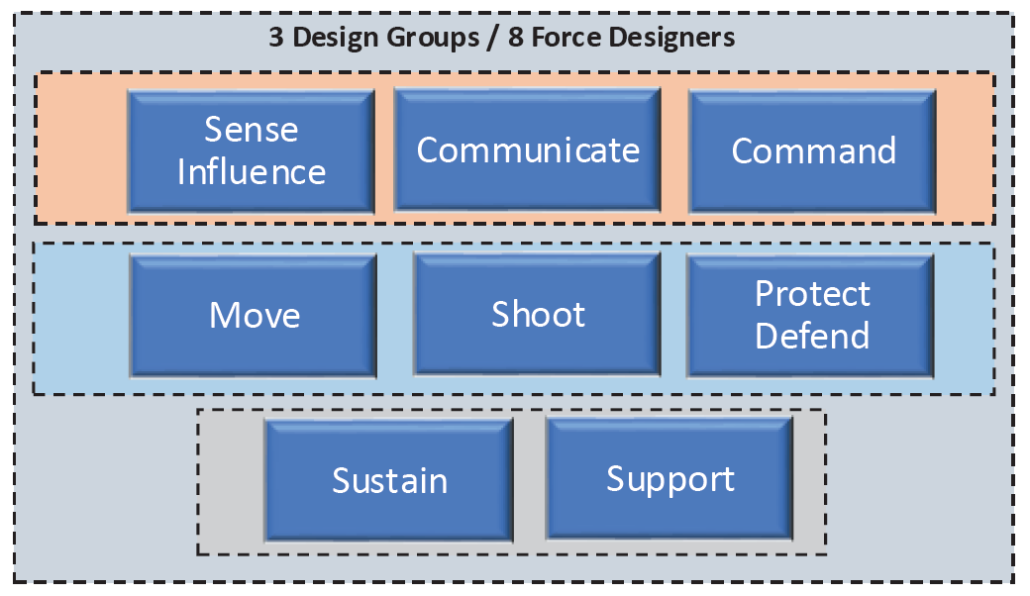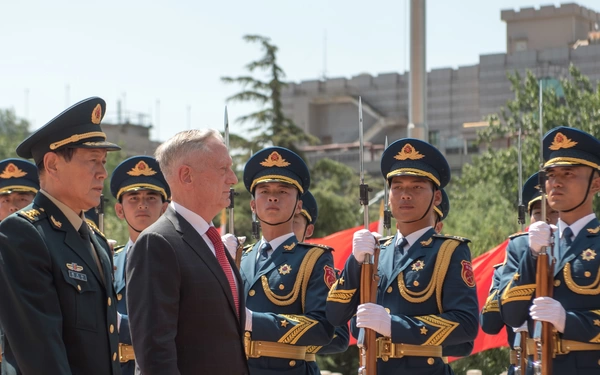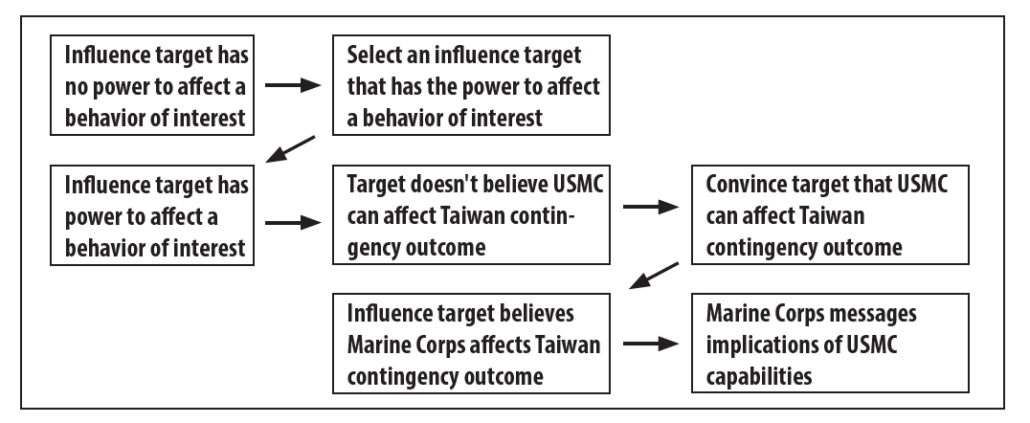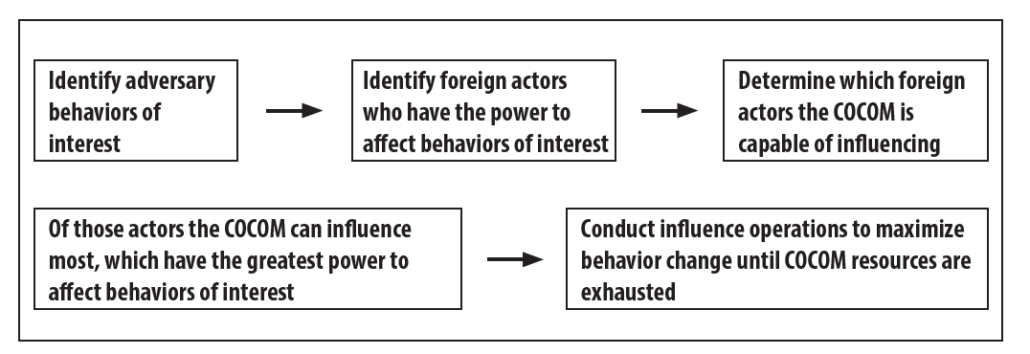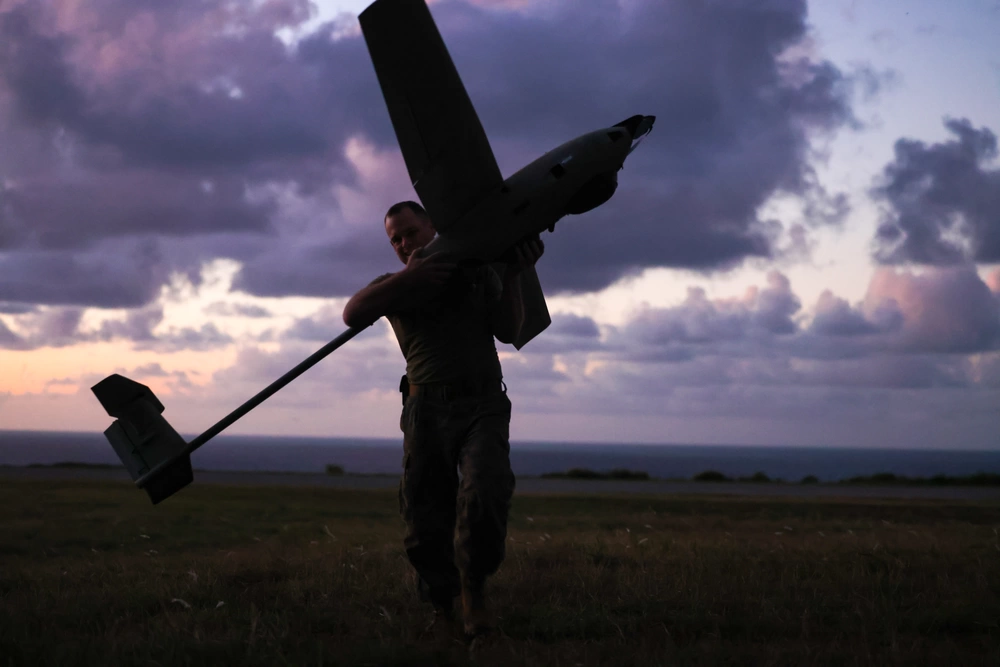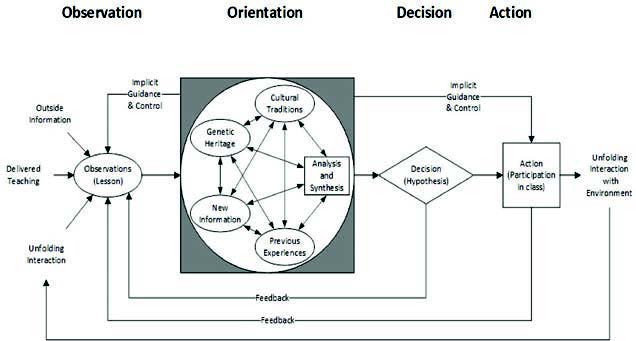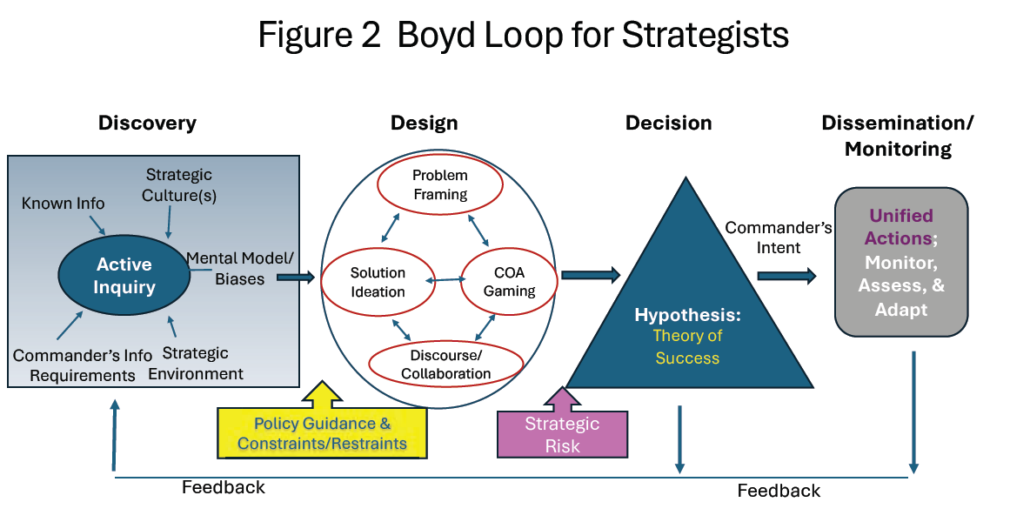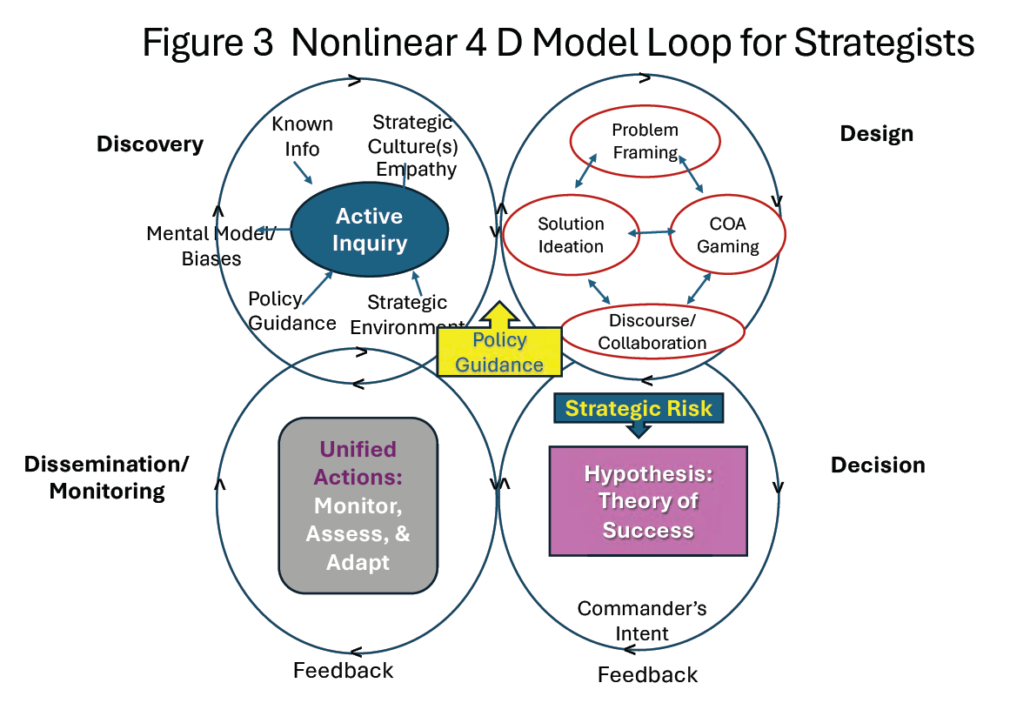Morals, ethics, and self-assessment
Whom Shall I Send?
“All around our society, you see immoral behavior … lying, cheating, stealing, drug and alcohol abuse, prejudice, and a lack of respect for human dignity and the law. In the not-too distant future, each of you is going to be confronted with situations where you will have to deal straight-up with issues such as these. The question is, what will you do when you are? What action will you take? You will know what to do—the challenge is, will you do what you know is right? It takes moral courage to hold your ideals above yourself. It is the defining aspect. When the test of your character and moral courage comes, regardless of the noise and confusion around you, there will be a moment of inner silence in which you must decide what to do. Your character will be defined by your decision, and it is yours and yours alone to make. I am confident you will each make the right one.”
—Remarks for Pepperdine University Convocation Series, Gen Charles C. Krulak, Commandant of the Marine Corps, 14 October 1998
There is No Superman
Imagine yourself as a unit leader locked in kinetic engagement with a peer enemy force. Your support is too far away and too heavily engaged to provide adequate assistance at this time. Enemy artillery is creeping closer and closer to your position as their troops close in behind it. It seems that the entire world is beginning to crash down around you. The shockwaves and blast overpressure are rolling over you and taking your breath away. The small-arms fire and machineguns shooting at your position make loud snaps as the bullets pass by you and overhead (it sounds just like when you were pulling pits at the rifle range), and you can hear them ricocheting off metal objects, walls, and other things around you. The entire time, you are being pelted with pieces of dirt, debris, and bullet fragments. The day-to-day cares of normal life—paying bills, eating right, working out, getting to work on time, saving up for retirement—all of these things seem trivial and meaningless in the din of this moment. The thin veneer of civilization is stripped away, and your worries and cares have been reduced to a single primal instinct: to survive. The lives of you and your Marines are teetering on the precipice. You realize that existence beyond this moment is not guaranteed. It is time to make a decision and give your orders.
What kind of leader have you been up to this point, now that your own life and the lives of your Marines are at stake? Have you been a leader who has been hands off in the development of your unit, allowing the lower leadership to make all the decisions on training objectives and readiness, trusting that all will pan out well in the end? Have you been a leader who sought acceptance and popularity by catering to your Marines’ creature comforts, drinking alcohol with them during downtime and being cool, allowing training rosters to be pen-whipped, fitness tests to be inflated, and readiness requirements to be falsified—and now you and your Marines find yourselves significantly unprepared for the situation at hand? Rather, have you been a leader who has continuously led from the front with a strong work ethic, shared the common burden, and relentlessly enforced and adhered to our training standards? Have you held yourself and your Marines to the moral and ethical standards that we have sworn ourselves to, setting the example both on and off duty? Have you done your best to adhere to our code of Honor, Courage, and Commitment? Given the current situation, do you believe in yourself to make a recognition-primed, correct decision? Do you believe in your Marines’ ability to fight out of this situation? Do your Marines believe in you? What sort of leadership is more reliable and trustworthy when the time comes to put ourselves to the test in actual combat? Are you currently empowering those Marines who constantly strive to keep the standards of honor, courage, and commitment, or are you hindering them? Are the voices of reason being drowned out by those voices who prefer the easy road and do not take training seriously? What kind of leader should be calling the shots when everything is at stake? Is it someone like your current leader? More importantly, is it someone like you, or is this a job for Superman?
The central purpose of this article is to provoke the drive for self-assessment and recall the line of thinking that spurred us to join the Service. We should recall the frame of mind that originally put us on this path and, if we have found ourselves straying too far from that original line of thinking, that this piece will prod you to self-correct, readjust, or, if you need to, hit the reset button and start over. I would like us to contemplate the values that prompted us to join, the moral and ethical obligations that our country demands of us, and enforce those same obligations to which each of us has sworn a sacred oath to honor and uphold both within ourselves as well as within our ranks. My aim is to fortify our trust and confidence in each other and to empower and strengthen the dedication, resolve, and bias for action of those voices among us whose honor and character have withstood the furnace, the hammering, and the quenching of the forging process to become the true bearers of our battle standards and the uncompromising stalwarts of Semper Fidelis.
The Ovation from the Depths of Hell Itself
From the time when I was young, I have always felt like I was meant to do something great, like I had a higher purpose in life. I grew up extremely poor. My brother and I made do with a few worn-out toys and three sets of clothes each that we had to wear to school two days in a row every week. That was all we had. My family saw to it that we were educated and had a solid moral foundation, but I never felt as though I had the means to be something more. After high school, I went to college and worked a couple of jobs. I even owned a small construction business, but nothing seemed to satisfy my desire to do something that would truly make a difference in this world. Then 9/11 happened. At the time, I was working for the State of Alabama’s Department of Human Resources, going with our social workers as contracted security doing in-home investigations and mentoring ill-behaved state-custody kids who were attending public school. It was meaningful work, and we made huge differences in the lives of the children we helped—but it was also extremely disturbing at times because of what I found that parents were capable of subjecting their own children to. One day, while sitting in a high school with one of our state-custody kids, the teacher suddenly stopped the class and turned on the TV. We all saw the first tower burning as the second plane hit live on the air. The film crews on scene were shooting live footage of people jumping to their deaths. The high-pitched clapping sounds of average American citizens hitting the pavement at terminal velocity still haunt me to this day. When the President came on television and told us that our Nation had been attacked and that we were going to war, I knew deep down that I had to do something. That day, I quit my job at the Department of Human Resources and found a job at a local gym so I could get myself in shape for military service.
Through this Portal
I am, and have always been, what some would call a true believer. When I joined the Marines, I believed in everything that I read in the pamphlets and saw in the commercials on TV. I believed in everything that my drill instructors shouted at me about integrity, discipline, and the pride that is inherent in being the world’s most elite fighting force. I was grateful for the opportunity to endure the forge that would shape me into a Marine. Then, finally, one hot summer morning after an intense and grueling three months at Parris Island, an Eagle, Globe, and Anchor was placed in my hand. With tears rolling down my face, I was honored to be joining this battle-hardened organization that holds our rich and storied history in high regard and, above all else, holds in high regard the moral and ethical standards that, throughout my entire life, have been imprinted upon my soul. There was no work that I could put my hands to that could ever honor myself and my family more than serving as a Marine. I was hooked for life.
The Horns of a Dilemma
All of us, at one time or another, have been faced with some sort of moral or ethical dilemma while wearing the uniform. To level the playing field and be honest with ourselves, we must ALL acknowledge that none of us is beyond reproach in these matters. Nevertheless, in order to fight entropy, keep good order and discipline within our ranks, and to protect our most precious commodity—special trust and confidence—we must relentlessly strive to uphold and enforce the moral and ethical principles that sustain that trust and confidence. Both up and down the chain of command, mutual trust and confidence are the currency that enables us to execute our missions. Without mutual trust and confidence, we assume enormous amounts of risk and gamble the welfare of our Marines, the accomplishment of the mission, and—most importantly—the love for each other that holds it all together.
Omnia ergo quaecumque vultis ut faciant vobis homines, et vos facite illis.
“Do unto others as you would have them do unto you.”
—The Golden Rule
This well-known adage has been restated in multiple ways, such as treating others the same as you would like to be treated, not treating others in a way that you would not want to be treated, or providing to others the same dignity, honor, and respect that you expect in return. No matter how you interpret it, all these variations have the same result: reciprocity in how we deal with each other. We all want to be surrounded by people that we can trust, but this trust and confidence is not, and should never be, a one-way transaction. That being said, I am not suggesting that we should ever lie, cheat, or steal from those who do these things to us (as can sometimes be misinterpreted from the Latin translation), but that we stay on the positive end of the spectrum with our morals and ethics and correct, as efficiently and effectively as possible those who treat us and others unjustly. This will preserve our honor and dignity both as individuals and as a force. We must relentlessly seek justice and ensure that the standards that we create and enforce among ourselves apply to everyone equally, regardless of rank or station, even when it means that those who are expected to enforce the standards are the very ones who require correction. There should be no double standards. Everyone should be held equally accountable to the same set of principles. By living by this maxim, we create and sustain an environment where mutual trust and confidence can thrive, we preserve the honor of our Service, and we have the opportunity to guide, mentor, and preserve those certain voices among us from destroying themselves as well as our organization.
Trust and Confidence
Mutual trust and confidence come at a very reasonable price—that you put forward your best effort and treat those around you with the same honor, fairness, and dignity that you expect in return. Lying, cheating, and stealing are all unjust actions that no one wants to have done to them; therefore, you should hold yourself to this basic standard: that you do not impose the injustices upon others that you would not want imposed upon yourself. As Marines, I would venture to say that we should not only use these axioms to guide ourselves individually but that we have all been bound in oath together to enforce these axioms amongst ourselves, and as expeditionary forces in readiness, that we are meant to enforce these axioms against any unjustified and tyrannical entity that has born itself into existence, in whatever clime and place that our attention has been directed.
“Trust is an essential trait among leaders—trust by seniors in the abilities of their subordinates and by juniors in the competence and support of their seniors. Trust must be earned, and actions which undermine trust must meet with strict censure. Trust is a product of confidence and familiarity. Confidence among comrades results from demonstrated professional skill. Familiarity results from shared experience and a common professional philosophy.”
—MCDP 1, Warfighting
“A great man doesn’t seek to lead. He’s called to it, and he answers.”
—Dune, Warner Bros. Entertainment, 2021
Trust, and the confidence that it brings in tow, is the invisible glue that holds all our relationships together. From our brotherhood and esprit de corps to our effectiveness as fighting units, trust in each other is what ties our spirits together, and hence makes us extremely effective as a team. In keeping with this, performance on demand is the standard that must be maintained. It is our intrinsic responsibility to each other to hold the line, enforce the standards, and keep each other sharp and ready for employment at a moment’s notice.
When missions come down, commanders look at what they have available, based on the Defense Readiness Reporting System and then decide which units get tasked to do the job. The Defense Readiness Reporting System report is published by each unit and requires that the leaders within each unit report correct numbers to accurately depict their unit’s readiness to meet our Nation’s requirements. If they fail to do this accurately, units may get tasked with missions that they have not been manned, trained, or equipped to accomplish. Doing so would create unbalanced tasking, which would lead directly to the reckless risking of Marines’ lives, potentially for nothing more than unit leaders selfishly wanting to look good in readiness briefs. It is not fair to the other units that are doing business honestly, nor is it fair to the Marines who are being held to a higher mission standard than what they have been trained to accomplish. Readiness is what commanders assess when war comes, so it must be done accurately and honestly for the sake of the mission and the Marines.
Mission Accomplishment and Troop Welfare
Mission accomplishment and troop welfare are the two principles that guide every unit in the Marine Corps. These two ideals of mutual expectations between leaders and led are built on the foundations of mutual trust and confidence. Without mutual trust and confidence between leaders and the led, neither mission accomplishment nor troop welfare can survive. Leaders must be able to trust that their Marines will pursue mission accomplishment in the most efficient, effective, and honorable way possible, while their Marines must in turn be able to unquestionably trust that their leaders have employed all options available to ensure their safety and troop welfare.
This trust is built over time by the repeated meeting of expectations by both leaders and led. If we want our leaders to trust us, we must prove to them that their priorities are our priorities and line up our objectives, whether in training or combat, to best address them. We must prove time and time again that we are highly capable and can be trusted both on mission and on liberty. We must be frank and honest and find out what concerns them. Then we take action to address and quell those concerns. The end state is a leader who has the utmost trust and confidence in their unit and the peace of mind necessary to employ their Marines with mission-type orders. This focus on the concerns of the leadership should be the ultimate goal of the led.
As leaders, if we want our Marines to trust us, it is simple—we love and care for them as we would our own children. We reward them when they do well, always reinforce their positive behavior, and provide fair and reasonable correction when necessary. We must train and mentor them as a teacher would their students. Above all else, we must share their burdens and never task them to do anything that we are not willing to do ourselves. We must prove to them that we are willing to sacrifice for them as they are for us—that we love them as we love ourselves. This can be proven via the sacrifice of your time, blood, and sweat to endure the same burdens alongside them. Make time to know them. Make time to suffer alongside them. This self-sacrifice shows that you genuinely care about them, proves that you have their troop welfare at heart, and builds unquestionable trust from your Marines. This relationship between leaders and led—mission accomplishment and troop welfare—is the unspoken trade-off that lives within every hierarchy in the Marine Corps. This relationship should be well-maintained and be the ultimate goal of the leaders on behalf of the led. When this relationship is properly cared for, trust flourishes, and the unit performs tremendously. When this relationship is not maintained with mutual trust, confidence, respect, and dignity, the seeds of destruction have been sown.
“Destroy the seed of evil, or it will grow up to your ruin.”
—Aesop
Seeds of Destruction
Every ordered system undergoes entropy. It is a natural part of existence. Things break down when left unmaintained, and, at times, maintenance may not be enough to restore their proper functioning. It may be necessary at times to rebuild the entire system to adequately address new requirements in line with what it was ultimately designed to do. For us as Marines, the functions of our Service and the relationships that control them are that system. For this article, I will avoid discussing big-picture Force Design and attack from the little end—the day-to-day functioning of small units and the individual Marines within them. The bottom line is this: if we do the small things right, the big things will take care of themselves. These small things are simply the basics that you were taught at boot camp and Officer Candidate School. Treat your fellow Marines with respect and dignity. Always be honest. Moral courage and integrity are virtues to be sought after and respected. Calibrate and follow your moral compass. Hone your honor. Muster your courage. Uphold your commitment to stand up for what you know is right.
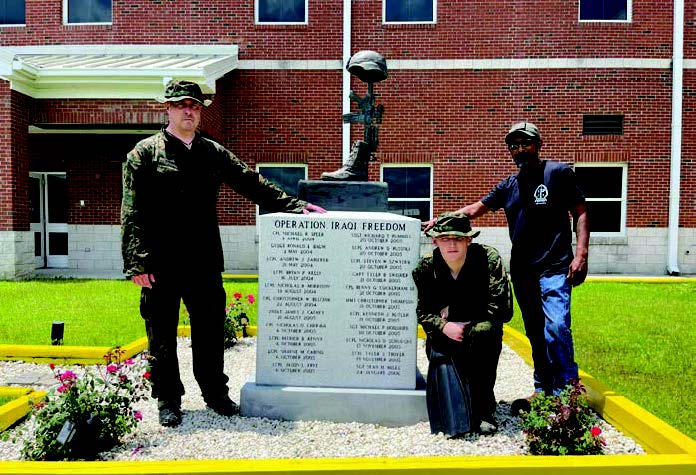
So, what causes entropy within our Service? It starts small. It is the everyday things that we let slide when we know they should be done correctly. Maybe we slack on pushups when the squad leader is not looking. Maybe we let someone else do our annual training. Maybe we lie about why we showed up to work late. Maybe my team leader lies for me, so I do not get in trouble. Maybe I inflate my numbers on the crunches during the PFT. Maybe my team leader inflates everyone’s numbers. As entropy goes unchecked, we may begin submitting morning reports without accountability of the Marines, pen whipping training rosters, plagiarizing or stealing credit for someone else’s work, stealing gear and supplies, stealing issued gear from another Marine, stealing ammunition from the range, falsifying unit readiness reports, cheating on your spouse, committing adultery with someone else’s spouse, using your position to get sexual benefits, sexually harassing or assaulting another Marine—the list could go on. The bottom line is that we all have the responsibility to engage and destroy these seeds of destruction as soon as they present themselves, before they grow out of control. It is on each of us to be the sentries of good order and discipline. Never ignore your inner voice. Never accept that standing up for what is right is an obstacle that cannot be overcome.
The Obstacle Is the Way
Think back to when you graduated boot camp or got commissioned. Remember how proud you felt. Remember how proud your family, friends, and loved ones were of you. Imagine them seeing you now and knowing what you know about what kind of Marine you have become. Would they still be proud of you? Compare your mindset then to who you are now. After all this time, are you still proud of yourself? If not, it is time for self-assessment and self-correction. When you fail to do it yourself, it is on us as your fellow Marines to help you assess and correct. By wearing the uniform, you represent us all. You have sworn an oath to our ethical principles, and we have in turn sworn an oath to help keep you sharp and on the path.
You do not have to be a Marine of higher rank to be a moral and ethical leader. All of us are equally capable of guiding our fellow Marines, no matter what their rank or station. All it takes is moral courage. Hold honor and integrity higher than your comfort. Fight all these fights and do your best to win each one. These short-term victories will support long-term resilience and will be realized in the indomitable strength you will gain from overcoming countless obstacles and hardships. Strength is gained by opposing a force. Confidence is gained by overcoming these obstacles. Some might say that the obstacles in your life are exactly what you must seek out. The obstacles are where you find opportunity. That the obstacles are, in fact, the way.
Beyond Corruption
The ultimate point is that we all must first be loyal to the same common standard—something fair and just and beyond corruption. People are human and fallible. They are imperfect. They have lapses in judgment and make mistakes. Loyalty to people will always have the chance of failing or backfiring on you. However, loyalty to a common set of principles will always be incorruptible given that the members of the organization see to it that its commonly agreed upon principles are always kept. Some of us will be strong when others are not and vice versa. Some of us will see the path while others do not and vice versa. Some of us will have the moral courage to stand up for what is right when others do not—and vice versa. We hold each other accountable, and by doing so, we build trust and confidence among us and ensure both mission accomplishment and troop welfare.
Conclusion
My grandfather, having served as an infantry platoon commander and company commander during World War II, taught me that leadership is built on mutual respect and dignity. My father, echoing my grandfather’s teachings, taught me that hard work is good for the soul and that honesty is always the best way forward, even if it seems to be personally harmful in the moment. Above all else, the Golden Rule is the essence of an honorable way of life. Treat others how you want to be treated. Be honest. Work hard. Recognize and honor those who do the same while having the strength and moral courage to hold accountable those who do not. Never be too proud or arrogant to allow yourself to be corrected, sharpened, and guided back to the path. Take the improvement in stride and appreciate your chance to become a stronger Marine—and a better human being—than you were before. Be appreciative and allow the detrimental parts of yourself to be identified and cut away. We all need pruning from time to time.
It is my deep and sincere wish that this article helps us all to identify the areas in which we need to improve ourselves both morally and ethically as Marines. I hope that we can make ourselves better and more honorable human beings than before—to become guides to our leaders, peers, and subordinates. To be flares who light the path of honor, courage, and commitment. This path embodies the principles and promises of all our pamphlets, commercials, and publications. This path ensures that we maintain the tremendous reputation of those who have gone before us and puts us all on the best possible trajectory to being the greatest versions of ourselves and, therefore, the finest Marine Corps that we can possibly be. Instill trust. Radiate confidence. Be loyal to our common ethical principles. Enforce our core values. Hold the line. Do not allow the seeds of destruction to take root. Do not contribute to the darkness. Each and every one of us who holds our common values near and dear—and defends them—is a light to those Marines around us. Do not let them wander in the darkness. Correct them, sharpen them, and most importantly, love them. Be someone to light the path.
>Maj Fountain enlisted in the Marine Corps in 2003 and served three combat tours to Iraq, a MEU to CENTCOM, and two deployments to the Black Sea Rotational Force. At the time that this article was written, he was deployed and serving as the Combined Task Force 61/2 Space and Special Access Programs Operations Officer in support of U.S. Sixth Fleet objectives in EUCOM. He is currently at II EOTG and retiring from the Marine Corps.


